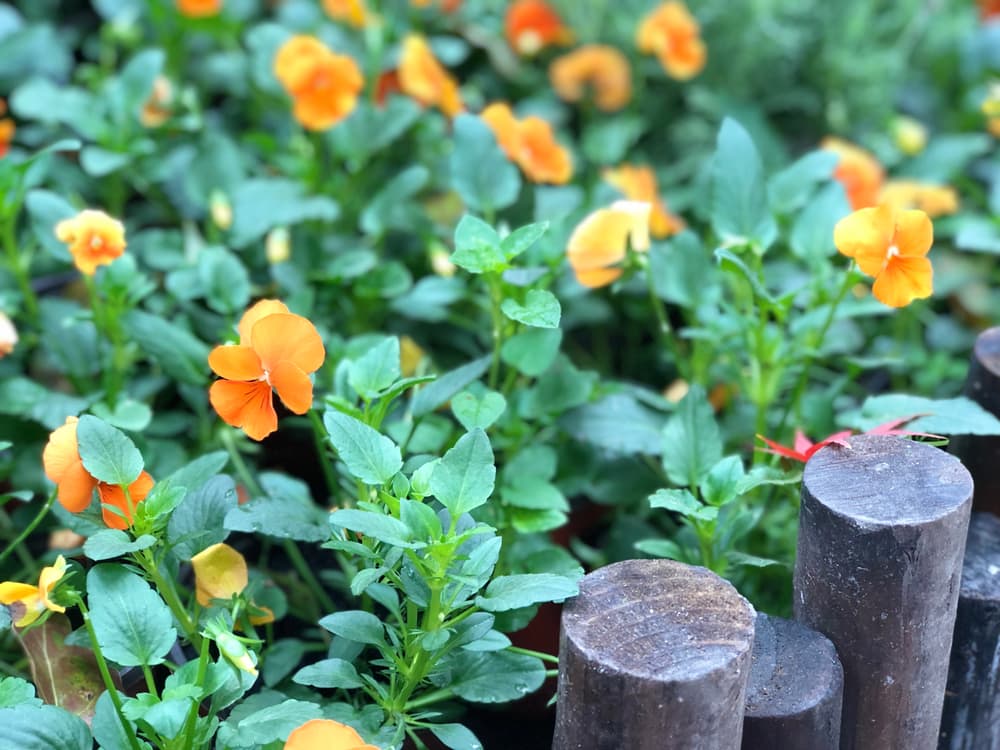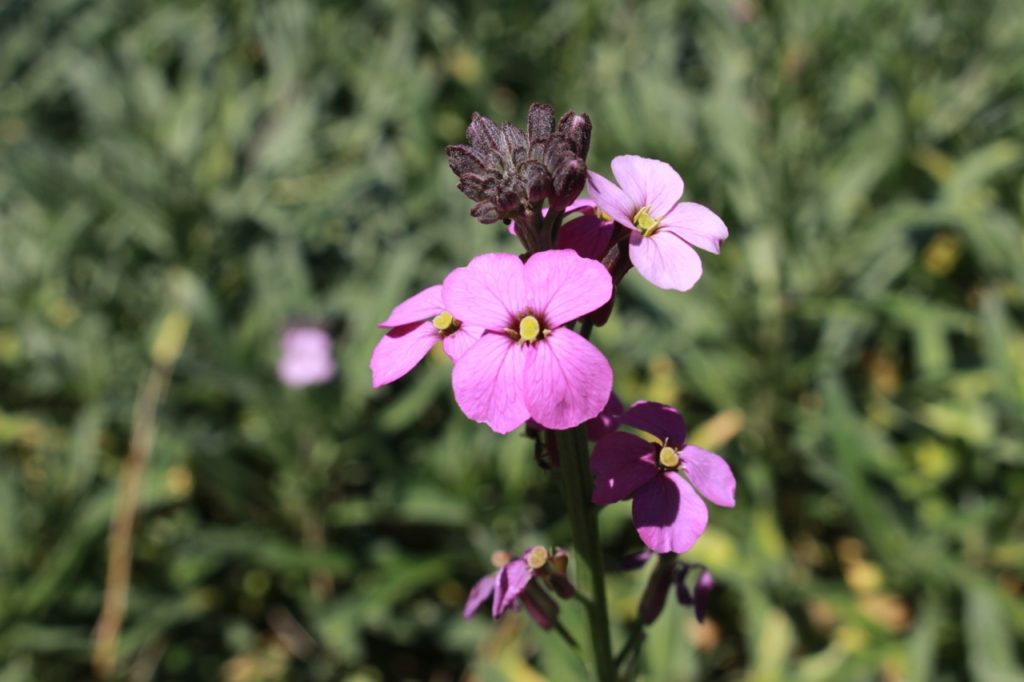Wallflowers Should Be Pinched Back And Deadheaded When Flowers Fade – Here’s How

PERENNIALS > ERYSIMUM > PRUNING

Elizabeth is a Permaculture Garden Designer, Sustainability Consultant and Professional Writer, working as an advocate for positive change. She graduated from the University of St. Andrews with an MA in English and Philosophy and obtained a Diploma in Applied Permaculture Design from the Permaculture Association.
Reviewed By COLIN SKELLY

Colin is a Horticulturist and Horticultural Consultant with experience in a range of practical and managerial roles across heritage, commercial and public horticulture. He holds the Royal Horticultural Society’s Master of Horticulture award and has a particular interest in horticultural ecology and naturalistic planting for habitat and climate resilience.
IN THIS GUIDE
ERYSIMUM GUIDES
Propagation
Pruning
Sowing
Varieties
Erysimum, both bedding and perennial types, can be very easy plants to grow.
Often, especially with perennial types, these can be a great low-maintenance choice for your garden.
While many people are most familiar with the bedding types, which look wonderful in beds and borders during the early part of the year, perennial types with long flowering periods are also well worth considering, as these often take less work over time.

However, there are certain jobs that you will need to do when caring for both bedding and perennial types of these plants, and pruning is an important factor to consider.
Here are the steps you should take to prune your erysimums:
- Bedding wallflowers should be pinched back to encourage bushiness when young.
- Deadhead wallflowers regularly when flowers fade.
- Prune perennial erysimum in October.
Read on for a little more information about each of the above.
| Difficulty | Easy |
| Equipment Required | Secateurs |
| When To Prune | October (as late as November) |
1) Pinch Back Bedding Wallflowers
To encourage bedding wallflowers to develop more bushy and mounded forms, it is a good idea to take a finger and thumb and nip off the tips while the plants are still young.
This can prevent them from becoming leggy and encourage a more pleasing form.
2) Deadhead When Flowers Fade
Erysimums make excellent cut flowers, so you may well harvest flowers for use in floral arrangements within your home before they begin to fade.
Cut back the stems to use as required, cutting back to the foliage to leave the plants looking good.
When any flowers left on the plants do die back, you should cut these off.

Again, trim back the stems so that they do not protrude above the foliage.
Removing the spent flower blooms will often encourage further flushes of flowers throughout the season.
However, remember that certain types will self-seed readily, so where this is desired, of course, you will have to leave the faded flowers for seeds to mature and disperse.
3) Prune Perennial Types
Bedding erysimums are, of course, discarded after the flowering period ends, but perennial types can grace your garden over several years, so some pruning can be a good idea.
Perennial erysimum like the ever-popular ‘Bowles Mauve’ can have a tendency to become leggy and straggly over time.
To keep them looking good and prolong to their lives, it is a good idea to prune these plants lightly in autumn each year.

Ideally in October, or sometime between September and November, give perennial erysimums a light trim all over, making sure that you do not cut back into old woodier growth.
Be sure to cut off just a couple of centimetres or so, and no more than 5cm of top growth each year.
These are not plants which can tolerate hard pruning.
After pruning, mulch well with organic matter and the plants should overwinter, regrow, and flower well once more the following season.
